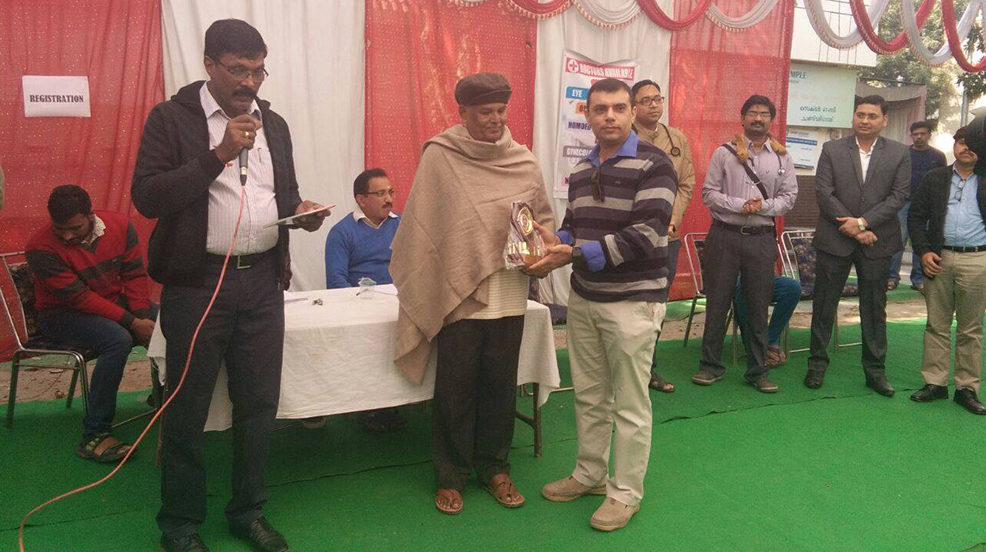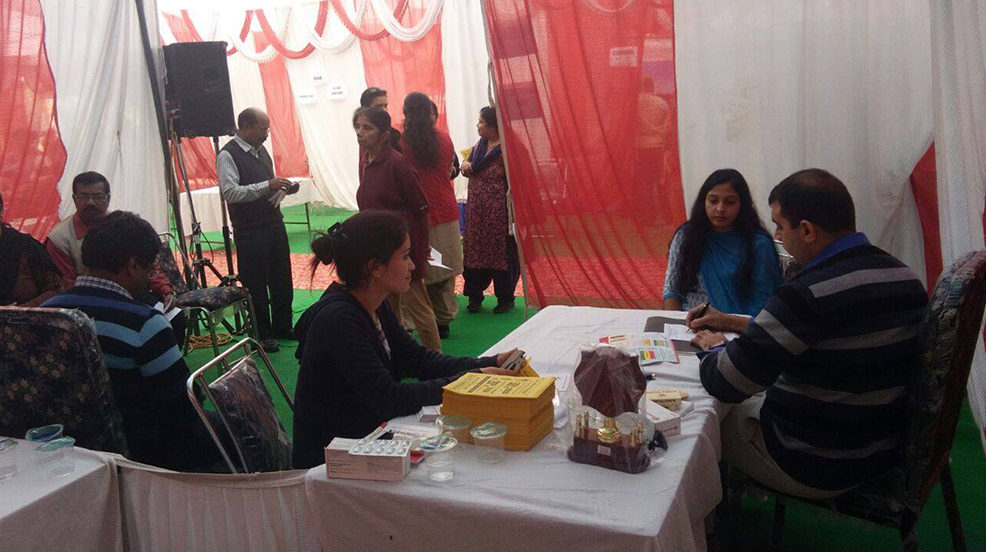Ankylosing Spondylitis (AS) is a type of arthritis that affects the spine and other joints.
It causes inflammation in certain parts of the spine and can lead to stiffness and pain. Early signs and symptoms include pain and stiffness in the lower back and hips.
The exact cause for ankylosing spondylitis is not known, but gene mutation could be a factor. Other factors that could contribute to ankylosing spondylitis include gender (men are at increased risk than women), age (the disease tends to develop during late adolescence or early adulthood), and family history.
Treatments including medications, therapies, exercise, and surgery help manage the condition.
Medications such as nonsteroidal anti-inflammatory drugs (NSAIDs) are used to relieve inflammation, pain, and stiffness.
Disease-modifying antirheumatic drugs (DMARDs) are used to relieve inflammation, pain, and stiffness.
Biologics are used to reduce inflammation, pain, and stiffness.
Joint replacement surgery may be required in cases of severe damage to hip and knee joints.
Physical therapy includes range-of-motion and stretching exercises, proper sleep and waking positions, etc.
Foods that contain omega-3 fatty acids such as flaxseeds, walnut, fishes such as salmon and tuna, kale, spinach; whole grains such as oatmeal, low starch diet such as fruits, vegetables, meat, fish, milk and milk products, eggs are recommended for people with ankylosing spondylitis.
Foods that should be avoided include sugar, sodium, fat; alcohol should be avoided as well.
The primary diagnosis depends on physical examination followed by other imaging tests to rule out any other conditions.
Movement of spine, movement of legs and breathing tests are performed during physical examination.
Magnetic resonance imaging (MRI) scan of sacroiliac joints provides detailed images of bones and surrounding tissues. X-ray of back and pelvis may be performed to assess the severity of the disease.





